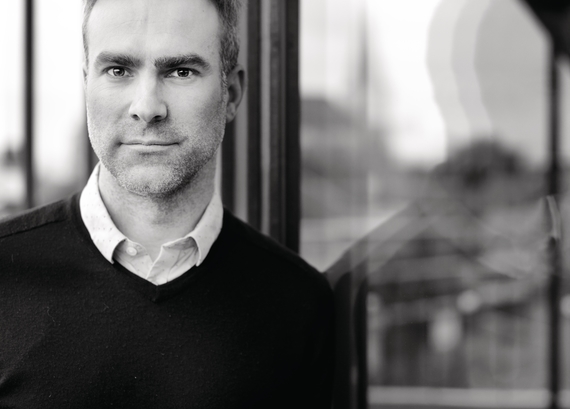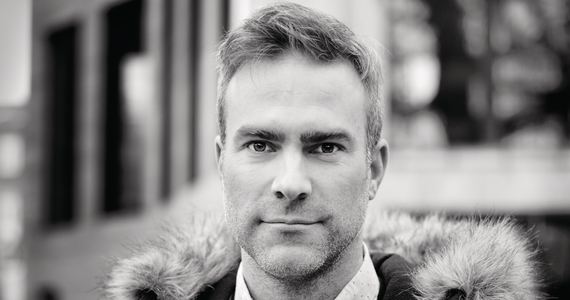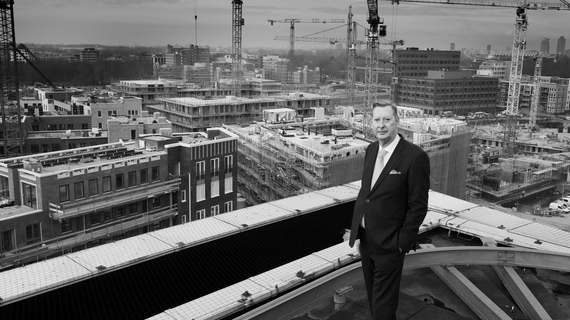
The art is to link modern technology to craftsmanship
‘In our search for the perfect solution, we leave no stone unturned’, that's how Benjamin Denef explains his drive to always want to achieve the best possible results. In doing so, he not only challenges himself, but also manages to enthuse clients, contractors and researchers. And, guess what? ‘His headstrong perseverance works.’
The DNA of DMOA
Innovations are in the DNA of Benjamin Denef’s architectural firm, DMOA: ‘We often play the experiment card in order to arrive at a solution. I have a great penchant for the technical and innovative side of this profession. Robot technology, machine learning, artificial intelligence, these will all have a major impact on our industry. The art is finding a smart way to link modern technology and craftsmanship. Innovating is often a matter of trial & error. But we are also engineers, so we take calculated risks.’
Sustainable living environment
The fact that it’s high time to innovate is borne out by the developments in our society: ‘There is an evolution towards higher quality, both in buildings and public spaces. More greenery, more facilities for cyclists and pedestrians, better public transport, cleaner air, more sustainable living environments. The sector is hard at work to deliver all this, I see the ambition to do so among architects, project developers, manufacturers and contractors.
But, sometimes you need to push innovations through, and not wait for the manufacturers or policymakers. If everyone is prepared to step away from their comfort zone, it will, ultimately, result in something more satisfying. I’m always looking to collaborate with scientists, students, contractors, suppliers, people who have far greater knowledge than me in their particular specialism. My job is to bring together all the old and new skills to achieve better living environments of a higher quality.’

Zero-energy buildings
Denef wants to play a role in shaping the future. Together with his team, he has transformed a run-down plot of land into a sustainable office building for his own use. With the help of two experienced, traditional artisans, Denef has used new (not yet market-ready) techniques and materials to achieve his dream: ‘Through smart design, we have been able to reap many more benefits from the building and the location. For example, we installed geothermal energy in the foundations. The posts are rather expensive, but this method allows us to partly recover the costs. Using a pump powered by solar energy, we are able to increase the geothermal heat. We now have a zero-energy building, and the office is consistently heated to 20 degrees.’
Maggie Shelter
Denef also applies innovations within a different context. For example, he developed the Maggie Shelter, a large ‘prefab’ tent with the insulation, acoustics, solidity, wind rigidity, etc. of a permanent building. The Maggie consists of an aluminium frame and a sort of double shell that can be erected using sand, earth, waste plastic or whatever is available. It’s a compact, fully recyclable construction kit. Five men can erect or dismantle a one hundred square meter Maggie in just one day. Denef: ‘On average, refugees live in a camp for up to twelve years, with some children spending their entire childhood in a camp. I see helping people in trouble as a responsibility. It's nice to be able to design all the way when you have a large budget, but it’s equally satisfying to be able to dedicate yourself to people for whom a small innovation results in a huge improvement in their living conditions.’


